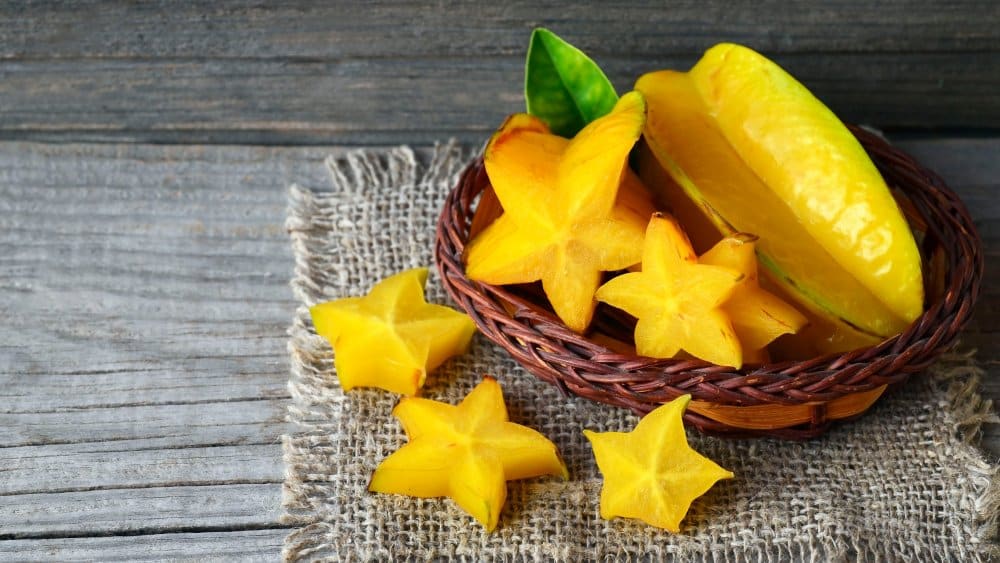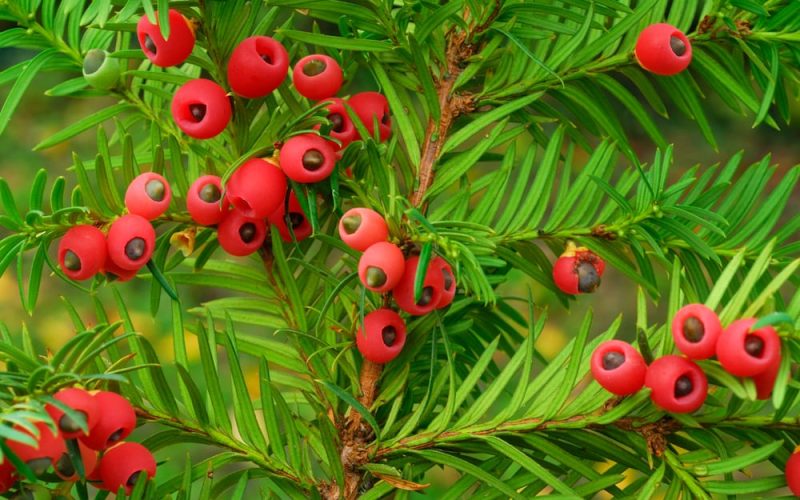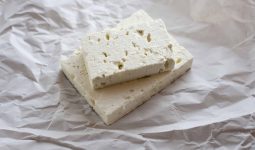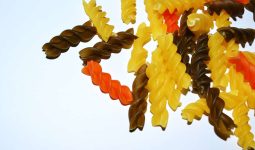They say that fruits are beneficial to the body’s system. However, not all fruits will benefit the health; some are poisonous.
Although some of these fruits appear appetizing, appearances can be deceiving. You may have heard of some of them but were unaware they had severe adverse effects.
We’ve compiled this list to assist you in discovering the world’s most poisonous fruits so you can avoid or limit your consumption.
Read on!
1. Yellow Star Fruit

Yellow star fruit is one of the most poisonous fruits in the world, and it has a sweet and tangy taste, delectable skin, and nutritional value.
The fruit contains a neurotoxin, a poison that can harm the brain and nerves. So, people with chronic kidney illness should stay away from this fruit.
The reason behind this is that it contains a lot of oxalates. Even if you don’t have a kidney problem, overeating can lead to renal damage, convulsions, and death.
2. Ackee Fruit

Ackee fruit is one of the world’s most poisonous fruits. It belongs to the Sapindaceae family of plants and is found in West Africa’s tropical region.
Adequate preparation is required because ackee contains hypoglycin, which is harmful to humans. When eaten unripe, ackee can cause vomiting and poisoning in certain people.
Hypoglycins A and B, which have a powerful hypoglycemia effect and cause clinical signs and mortality, cause hazardous health effects.
3. Apricot Kernels

An apricot kernel is an apricot’s seed within the fruit’s endocarp. It forms a hard shell around the seed called the pyrena.
It includes the plant toxin amygdalin, which, when consumed, turns to cyanide. However, various societies have used apricot kernels in cooking for centuries.
However, in high enough concentrations, they are poisonous. Many people believe that the tiny seed of apricot can cure cancer because of numerous anecdotal accounts and rumors over the years. This is why it is among the most poisonous fruits globally.
4. Elderberries

People call the dark purple fruit of the European elder tree the elderberry. Medicine is made from the berries.
Elderberry fruits are delicious when wholly ripe and grow on tiny shrub plants. Elderberries come in three different colors: black, blue, and red. Jams, jellies, tea, and wine are all made from these berries. However, this fruit contains hazardous substances that harm one’s health.
The roots stems, leaves and seeds of elderberry plants are deadly because they contain a cyanide-inducing glycoside.
The poison causes cyanide to build up in the body, resulting in diarrhea, coma, or death.
5. Manchineel

The spurge tree, also known as the manchineel tree, is a flowering plant that belongs to the spurge family.
It is among the most poisonous fruits in the world. This natural fruit from the Caribbean and Mexico appears tasty but can also be fatal.
Manchineel is found primarily on the Caribbean and Gulf of Mexico’s sandy beaches. The fruit contains a hard stone encasing six to nine seeds.
The manchineel tree has the potential to cause serious medical issues. When the milky sap touches the skin, it produces burns, blisters, and irritation. The smoke from the burning wood may cause eye irritation.
6. Yew Berry

The Yew Berry Tree is in most of the Middle East, North America, and Europe. Although the blood-red berries are not poisonous, the seeds, bark, and leaves are.
Despite significant safety issues, people use yew to treat diphtheria, tapeworms, swollen tonsils, convulsions, muscular and joint pain, urinary tract disorders, and the liver.
While the entire yew hedge or tree is deadly, the berries and, more significantly, the plant’s seeds contain the highest levels of taxine.
7. Winterberry

Winterberry is one of the most poisonous fruits in the world. It is a big shrub or small tree that can grow more than 20 feet tall.
Several stems are present, and it suckers easily, forming large clusters of flowers. It sheds its leaves each year during the autumn season.
It is unlikely that you will be able to consume one of these berries without suffering severe health consequences.
Nausea and low blood pressure will result from ingesting the plant’s seeds, leaves, and bark.
8. European Spindle

The European spindle is a tree in parks and along roadsides. When people consume considerable quantities of its parts, it exhibits the toxic characteristics common to all Euonymus plants.
Consuming any portions of the shrub, including the berries and flowers, is not recommended.
However, the brightly colored pods contain numerous glycoside toxins, which, if people consume them, can cause vomiting, nausea, dizziness, hallucinations, kidney failure, and death if consumed in large quantities.
The tree’s berries, on the other hand, are not entirely useless. The oil extracted from the seed proved an effective therapy for parasites, lice, and ticks.
9. Peaches

The peach is a deciduous tree that grows on the slopes of the Kunlun Mountains between the Tarim Basin and the north slopes of the Huang He Mountains.
If you enjoy peaches, you should get organic or canned varieties. The seeds contain a substance known as amygdalin.
This chemical breaks down into hydrogen cyanide, which is highly poisonous upon ingestion.
10. Pangium Edule

This fruit is the last on our list of the most poisonous fruits globally. The tall tree Pangium edule is native to the mangrove wetlands of Southeast Asia, where it grows to great heights.
It is dioecious, meaning that the male and female flowers are produced on distinct individuals on the same plant.
It produces a substantial toxic fruit that can be fermented into something palatable. To consume this pangium edule fruit, we must bury the boiled seeds for months in banana leaves to release the cyanide. If we make it correctly and safely, people use it in various meals.








